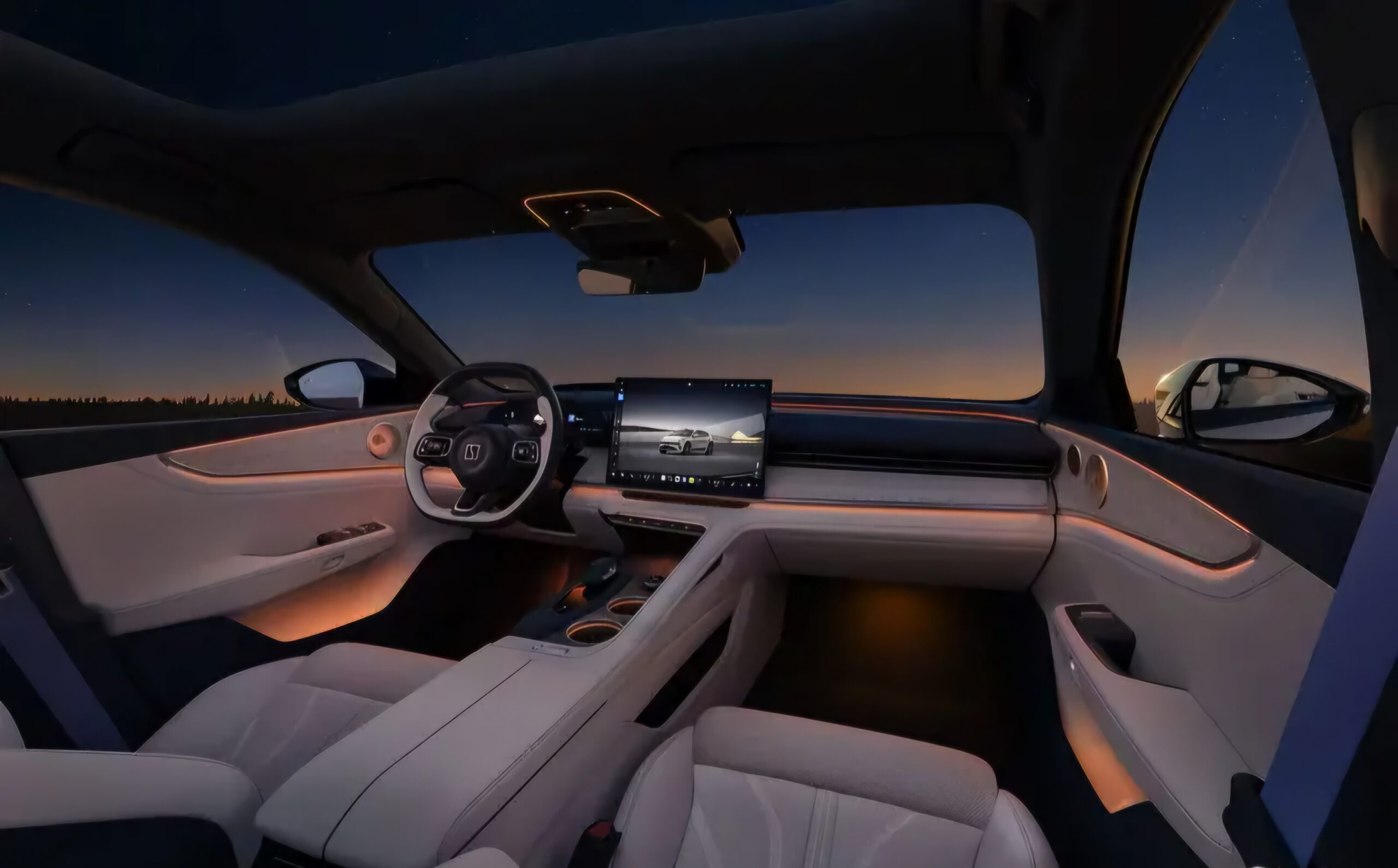Seems correct, this is the original Polestar newsroom article:
GOTHENBURG, SWEDEN – 1 October 2025. Polestar, the Swedish electric performance car brand, makes extensive hardware upgrades to its flagship SUV, Polestar 3, for the 2026 model year. Overall performance improves significantly thanks to a new 800 Volt electrical architecture with substantial increase in power, faster charging, and greater core computer processing power.
Michael Lohscheller, Polestar’s CEO, says: “The upgrades to Polestar 3 are so extensive, it’s like an entirely new car. With this upgrade we continue to deliver on our commitment to add value for our customers through over-the-air software and hardware updates. The already amazing Polestar 3 is now better than ever.”
New 800 Volt electrical architecture
The 2026 model year marks a major technological leap for Polestar 3 and its SPA2 platform with the introduction of an 800 Volt electrical architecture. This upgrade enables significantly faster DC charging with a peak rate of up to 350 kW, meaning that the 10–80% battery charge benchmark can take as little as 22 minutes, which is more than 25% faster than before.
The new architecture also brings enhanced efficiency, up to 6% according to the WLTP cycle, and supports the integration of new lithium-ion batteries from supplier CATL: a 92 kWh battery pack for the Rear motor version and a 106 kWh battery pack for the Dual motor and Performance variants. Combined, the faster DC charging and increased efficiency further improve the already capable long-distance driving abilities of the Polestar 3.
Upgraded powertrain with increased performance
All versions of Polestar 3 now benefit from a new in-house developed permanent magnet synchronous rear motor that delivers higher output. Paired with an asynchronous front motor, the new configuration delivers up to 500 kW of total power in the Performance variant.
The front motor now features automatic disconnect functionality when not needed, just as on Dual motor versions of Polestar 2, improving efficiency and range during everyday driving. The new rear motor also means the power balance has shifted to a greater rear bias than before. Combined with updated anti-roll bars and extensive software refinement for the steering, the result is an even more direct and engaging driving experience across all model variants.
Greater computing power
Polestar 3 continues to lead the way as the first European software-defined vehicle, now with a major upgrade to its core computing system that is the foundation. The NVIDIA DRIVE AGX Orin processor replaces the previous Xavier unit, increasing processing power from 30 to 254 trillion operations per second (TOPS). This leap with more than eight times increase in computing power enables faster, more intelligent management of active safety systems, battery performance, and sensor data.
In line with Polestar’s commitment to continuous improvement, this hardware upgrade will also be offered as a complimentary retrofit to all existing Polestar 3 customers, with upgrades of customer cars planned to start in the beginning of 2026.
Options and pack structure
The 2026 model year introduces a new trim level structure: Polestar 3 Rear motor, Dual motor, and Performance—replacing the previous naming convention and making a clearer distinction between versions. Part of the set-up is an optimised battery size for the entry level Rear motor and active air suspension now becoming optional for the Dual motor, while remaining as standard on the Performance variant. These trim levels will also be expressed through the seatbelt design, with solid black for Rear motor, black with Swedish gold stripe for Dual motor, and belts in full Swedish gold for the Performance version, reinforcing its position as the most powerful expression of Polestar 3.
A revised pack and options strategy make it easier for customers to tailor their car. The new Climate pack includes heated rear seats, steering wheel, and front wiper blades. The new Prime pack option bundles together Pilot, Plus, and Climate packs in combination with rear privacy glass. Audio system Bowers & Wilkins for Polestar, with headrest speakers and active road noise cancellation, is now offered both as a single option and as part of the Plus pack.
Design is updated with the new exterior colour option Storm, a dark grey metallic that replaces Thunder, and the door text graphics are updated to now include model variant and a larger font for the Polestar 3 name. Inside, the standard upholstery is upgraded to Bio-attributed Microtech in Charcoal with repurposed aluminium deco that previously was an optional extra.
The upgraded Polestar 3 will go on sale first in the UK due to high demand and the previous model year being sold out in that market. Other markets will follow at a later date.






